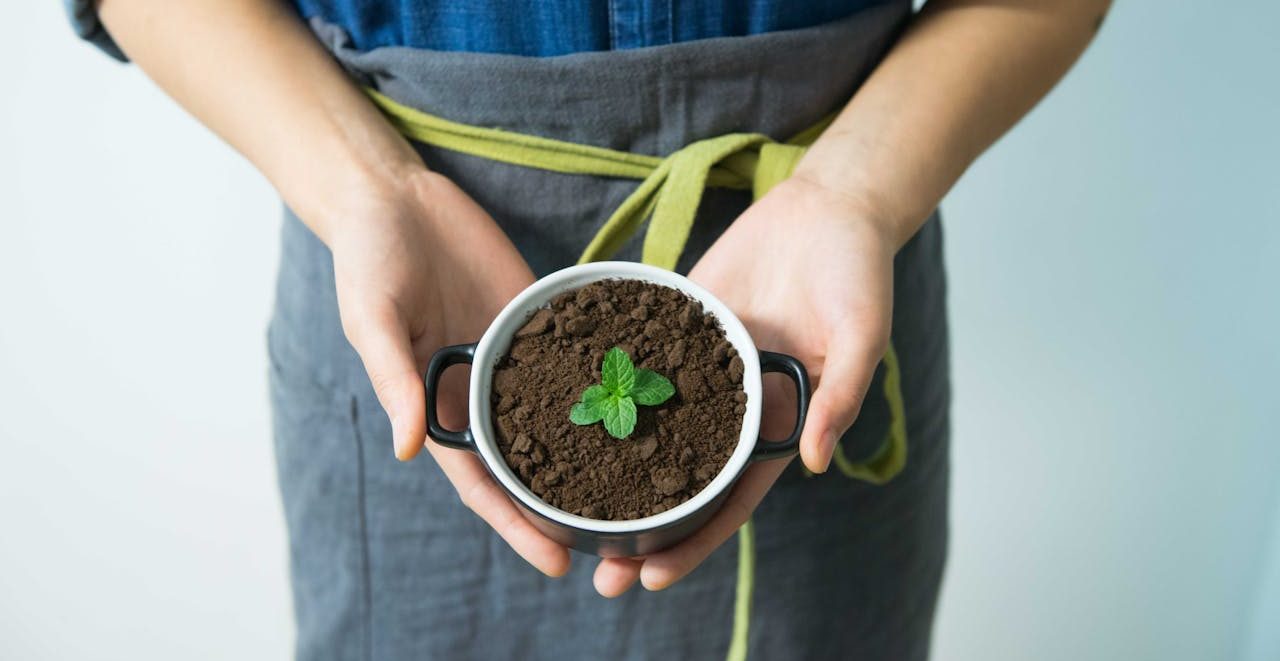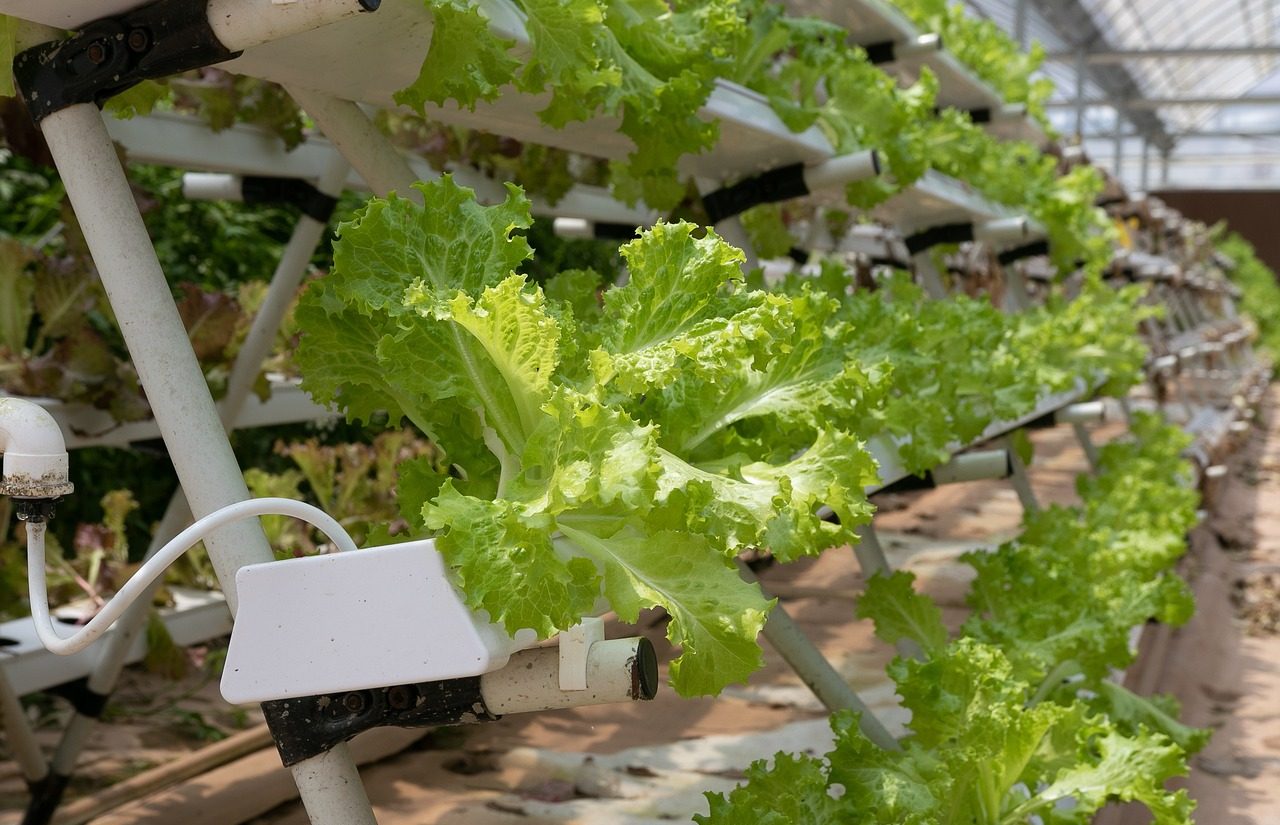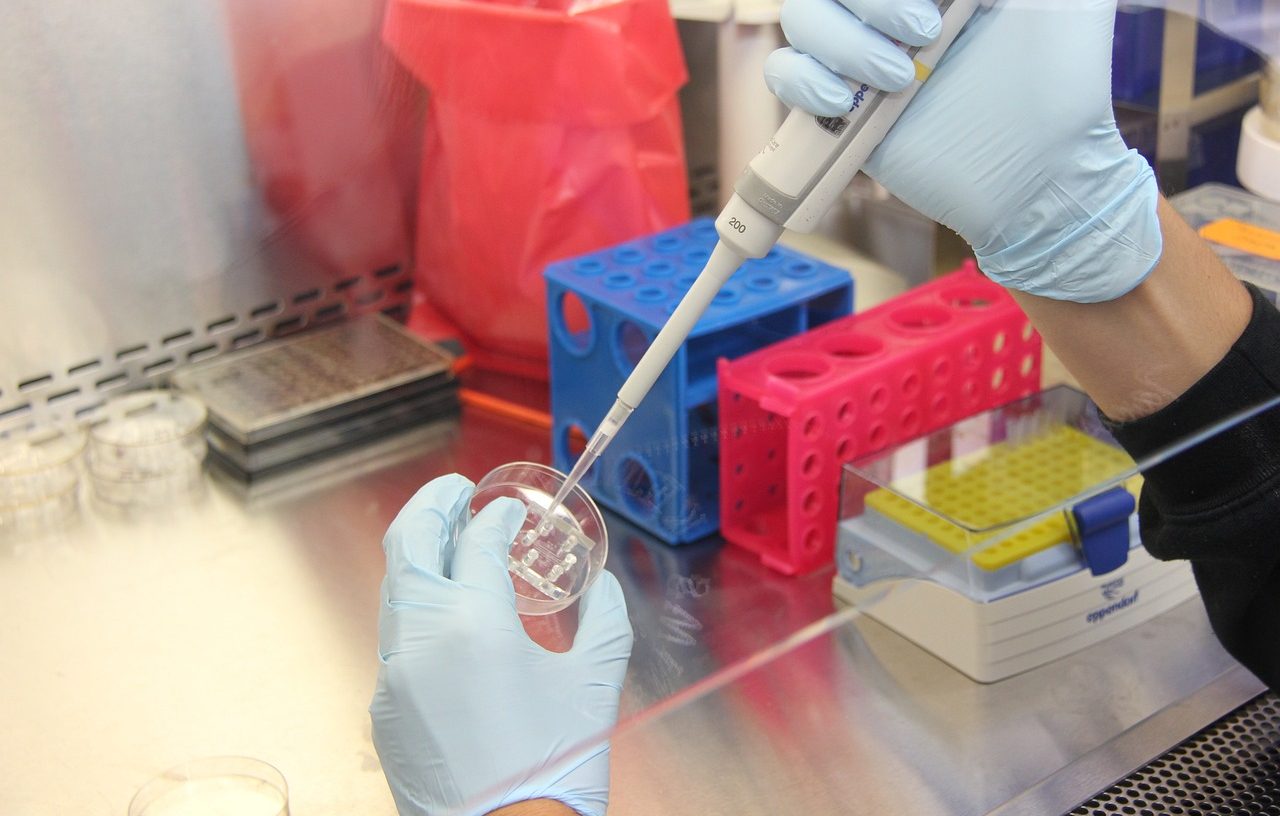
The bioeconomy uses renewable biological resources for sustainable production.
The bioeconomy is an economic model that is based on the use of renewable biological resources to produce goods and services in a sustainable manner. This approach promotes the use of biomass and other natural resources in sectors such as agriculture, fishing, forestry and biotechnology, with the aim of reducing dependence on fossil fuels, reducing environmental impact and promoting more balanced development.
Examples of bioeconomy
The bioeconomy is present in various productive sectors, promoting more sustainable and environmentally friendly practices. Some representative examples are described below.
Sustainable agriculture
The use of rotating crops, organic fertilizers and precision farming techniques to maximize yields while preserving soils and reducing greenhouse gas emissions.
industrial biotechnology
The development of bioplastics, biofuels and other chemicals derived from renewable biomass instead of fossil materials. This includes the use of agricultural or forestry waste to produce sustainable fuels.
Sustainable fishing and sustainable aquaculture
The sustainable management of fishing resources and the cultivation of aquatic species under controlled conditions that minimize pressure on natural ecosystems, promoting biodiversity.
Sustainable forestry
The controlled exploitation of forests for the production of wood, paper and other products derived from forest biomass, with reforestation and conservation of biodiversity.
Biomass-based circular economy
Use of organic waste for the production of energy, such as biogas, or the reuse of these for the creation of new products, reducing waste and the consumption of raw materials.
These examples highlight how the bioeconomy contributes to more balanced economic development, reducing environmental impact and promoting efficient use of biological resources.

Industrial biotechnology develops bioplastics, biofuels and renewable products.
Pillars of the bioeconomy
Biotechnology
It is the use of living organisms or biological systems to develop products or processes that improve efficiency and sustainability in sectors such as agriculture, medicine and industry. An example is the creation of genetically modified crops that require fewer pesticides or the production of enzymes for the manufacture of products.
Bioenergy
Energy derived from renewable biological sources, such as biomass, which can be transformed into biofuels (ethanol, biodiesel) or biogas. This pillar reduces dependence on fossil fuels and reduces greenhouse gas emissions.
Bioproducts
They include a wide range of products obtained from biomass, such as bioplastics, biochemicals and sustainable construction materials. Bioproducts make it possible to replace non-renewable materials and reduce the environmental impact in various industries.
These three interconnected pillars drive the development of a more sustainable economy based on renewable resources.
Technological innovation
The advancement of the bioeconomy is based on emerging technologies that promote the sustainable use of biological resources.
Renewable energies
The production of clean and sustainable energy from biomass and other renewable sources reduces dependence on fossil fuels, promoting a greener economy.
synthetic biology
This discipline allows us to design and build new organisms or modify existing ones to produce biofuels, drugs and other products more efficiently.
Nanobiotechnology
The application of nanotechnology in biology opens new possibilities to develop advanced materials, improve drug delivery and optimize agriculture at the molecular level.
Bioinformatics
This branch of computing applied to life sciences facilitates the massive analysis of genomic and biological data, accelerating the development of biotechnological solutions.
Gene editing (CRISPR-Cas9)
CRISPR technology allows for precise and efficient gene editing, which has applications in crop improvement, biomedicine and the production of bioproducts.
These technological innovations are revolutionizing the field of bioeconomy, making it more efficient and adaptable to the challenges of the future.
Sustainable strategies
The bioeconomy promotes practices that contribute to the care of the environment and sustainable development.
Carbon footprint reduction
Minimizing greenhouse gas emissions through clean technologies, renewable energy and the optimization of industrial processes is essential to combat climate change.
Waste management
The bioeconomy encourages the use of organic waste as resources, promoting recycling and circular economy practices that reduce pressure on landfills and recover materials for new products.
Carbon capture and storage
This technology helps reduce the concentration of carbon dioxide in the atmosphere, helping to mitigate the impact of climate change.
Ecosystem management
The responsible management of ecosystems through the conservation of biodiversity and the restoration of habitats guarantees a balance between resource exploitation and environmental sustainability.
Environmental policies
Establishing regulatory frameworks and public policies that support the transition to a green economy is crucial to achieving long-term sustainable development.
These joint actions are part of a comprehensive strategy to create a bioeconomy that responds to environmental challenges and ensures a more balanced and sustainable future.

Gene editing makes it possible to improve crops.
Innovation and sustainability in food production
The growing global demand for food, together with concern about the environmental impact of conventional agriculture, has driven the development of sustainable technologies and practices in food production. Biofertilizers and biopesticides play a key role in agroecology, promoting agricultural systems that preserve soil health and reduce the use of synthetic chemicals. These biological inputs not only improve crop productivity, but also contribute to bioremediation, restoring degraded ecosystems.
Organic production and sustainable food production are fundamental approaches to ensuring food security in the long term. By opting for environmentally friendly agricultural practices, you minimize the effects of climate change and ensure the availability of food for future generations.
In this context, innovative alternatives are also emerging in the human diet, such as alternative proteins , which range from laboratory-grown meats to fermented foods, which offer greater nutritional diversity. These products not only help reduce pressure on traditional livestock farming, but also improve overall nutrition. Sustainable certifications on the labeling of these foods guarantee their quality and traceability, allowing consumers to make more responsible decisions aligned with sustainability principles.
